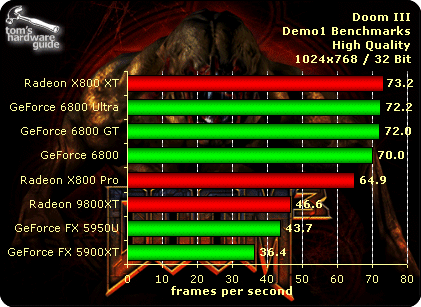literal "ray tracing" follows (to the best of our ability) the physical model of how photons move through our universe
This is the challenge with coming up with alternative approaches. One of the most fundamental questions in rendering is a visibility query between two points in 3 dimensional space. I don't know how you answer that question without sampling a 3D representation of the environment. So it all boils down to querying a world space acceleration structure.
Whether you do that with rays or cones or whether it's a triangle BVH or voxel grid it's still the same paradigm. Epic made a valiant effort with tracing SDFs but quickly pivoted to triangle BVHs when the limitations became impossible to ignore. Would love to see other engines trying something novel but not holding my breath.
The other part of the argument against RT is essentially "we don't need accurate light transport because the hacks look good enough and nobody notices the IQ improvement anyway". I think we can agree there's no merit in that stance as technology always drives forward.








